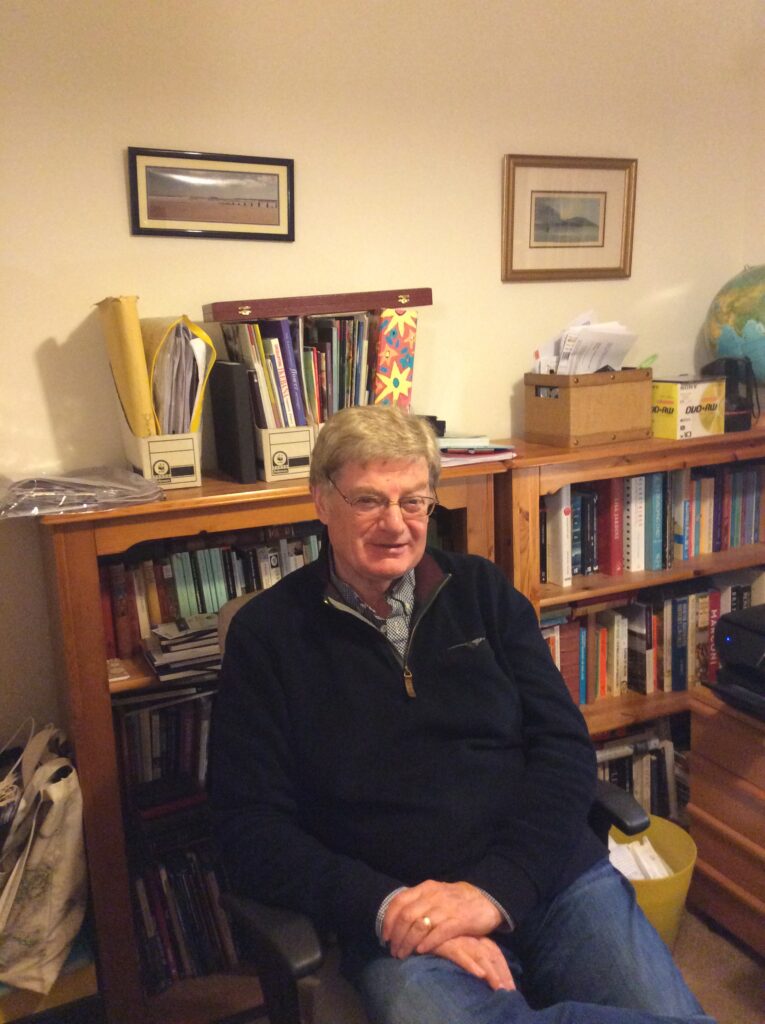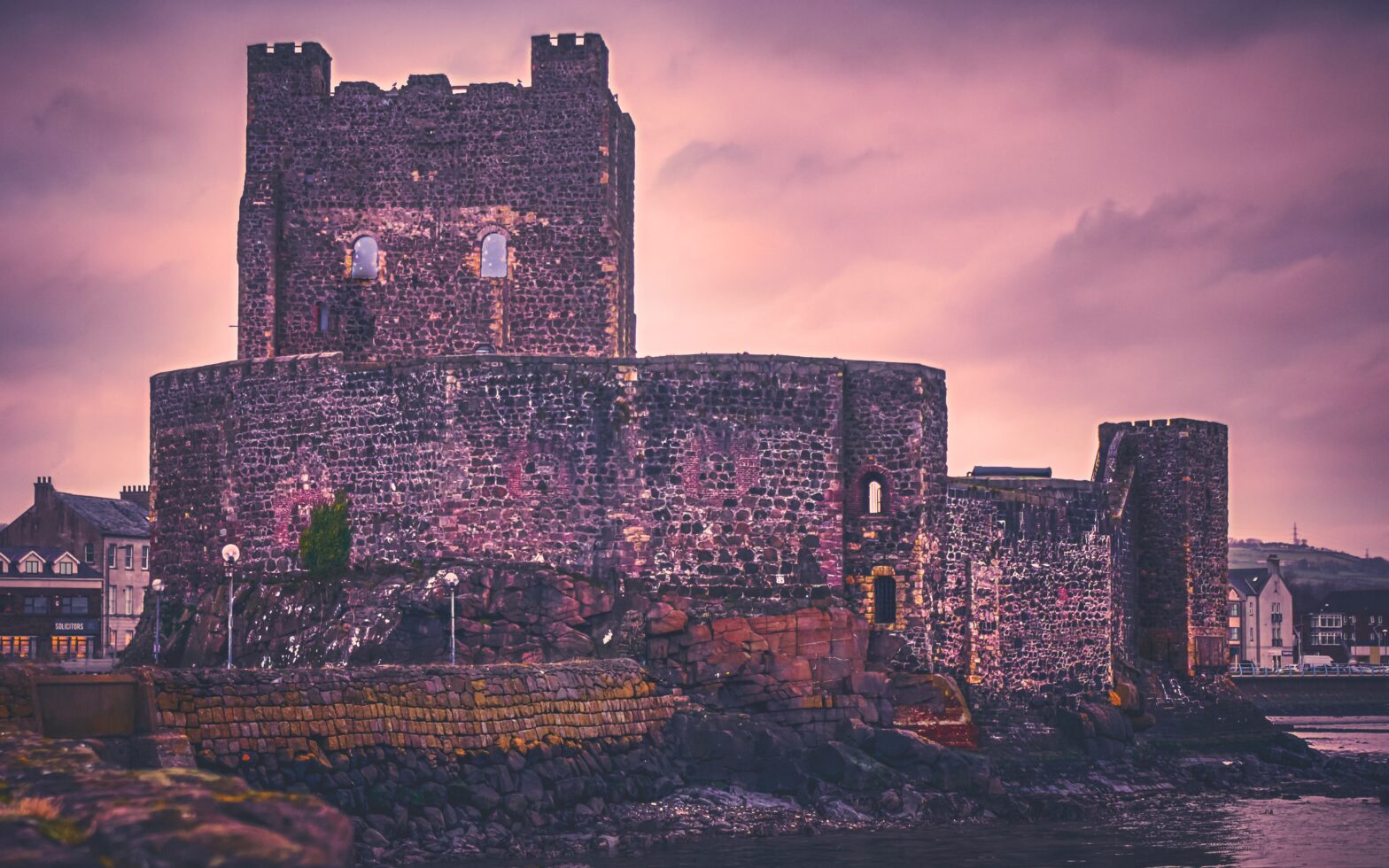3 February 2022
England and Ireland
A very special relationship
By Paul Branch

The last month or so has seen some significant anniversaries of events that have shaped these fair islands. At the end of last year we had the centenary of the treaty establishing the Irish Free State, paving the way for the birth of the new Ireland in December 1922. Move on fifty years or so to Brussels, 23 January 1972, and we see two new members signing treaties of accession to the European Economic Community (EEC, precursor to the EU): one represented by our own Prime Minister Edward Heath, and the other by Jack Lynch, Taoiseach of the Republic of Ireland.
At the EEC ceremony these two gentlemen looked very pleased with themselves and with each other. Ted is happy that, at last, the UK has been allowed entry to the sunlit commercial uplands of trade within the exclusive European club. He doesn’t seem concerned that the UK will be subsidising less wealthy states like Ireland, maybe because he regards it as a social as well as an economic long-term investment, unlike one of his successors, Maggie Thatcher, who complained bitterly about our level of contribution to the European budget. Not that I’m suggesting this has anything to do with the genesis of Brexit … but just saying.
Jack is smiling because he knows his little country is about to benefit handsomely, as a result of its association with the UK, from European-funded grants and the easier ability to trade with the big boys of mainland Europe. No doubt he could picture the Celtic Tiger starting to flex new-found muscle.
The bonhomie at the Brussels gathering sadly didn’t last long. Less than two weeks later on 2 February the British embassy in Dublin was set alight by a mob enraged by what had just happened in the North: Londonderry, 30 January 1972, Bloody Sunday. Not a great way to start a new European adventure for either the UK or Ireland, or for the relationship between them.
The Brits and the Irish go back a long way, much of it under British occupation of the entire island of Ireland and latterly with Irish independence for 26 of the island’s counties. Marking the partition border between the South and the nine counties of Ulster was a fraught affair, with those on the Irish side obviously hoping for control of as much as they could get, while those in the North expected at least enough to make a financially viable go of it. Key considerations for the small team armed with a map and crayon were to preserve existing communities, and perhaps most importantly to acknowledge the physical divisions between Protestant and Catholic communities. In the latter respect it was also important to maintain a Protestant majority in Ulster so as to keep the peace between the ruling national government in London and the nascent Northern Ireland authorities in Belfast. In the event, and driven mainly by economics, the Catholic hot-spot of Londonderry stayed in the North, much to the disgust of the new Irish government to the South. They got over it, but not without rancour.
Rancour is something we both seem to excel at. The Irish still keep Oliver Cromwell right up there as a historical figure to be reviled, mainly for genocide on a grand scale. Winston Churchill however is in pole position as their chief bogey man, thanks to his heavy military response as Home Secretary at the start of the Irish uprising in 1916, and his apparent promise to give the Irish a good deal on independence if enough of them volunteered to fight in the trenches of the first World War, which many did.
On the other hand the Brits still remember Ireland’s political neutrality in the second World War, various sabotage bombings at the start of the war, and the sneaking suspicion that the Irish hoped Hitler would prevail. The “Troubles” started in 1973 with widespread bombings persisting for two years after the Good Friday Agreement in 1999. So there’s a lot of history and chemistry to contend with.
Not much basis for a relationship you might think, and yet despite all the strife going back centuries, and for all their differences, the British and the Irish are probably the closest match for compatibility in terms of geography, language, culture, climate, food, art and literature, environment and general outlook. Britain has provided jobs for a good part of the Irish working population from the early 1900s, in building, construction, roads, dockyards, medical care, domestic care, and increasingly in hospitality and financial services. From these jobs and from tourism flowed the money that went back home to help build up the Irish economy. In return the Irish contributed significantly to building Britain’s construction and transport infrastructure, for home use and for exports, and obviously to our national health service, without all of which we would have been much the poorer. In this there is a great mutual dependency, the basis for any relationship designed to last, and made all the more emphatic by the number of personal relationships which have been forged over the years. Anglo-Irish marriages have been so common that it’s estimated 10% of us can claim Irish roots through a grandparent. Many more have Irish connections through an extended family.
The shootings of Bloody Sunday fifty years ago were a tragedy for the Catholic/Republican community directly involved in Londonderry, and for those in the South. Their emotions were shared by many living here, as if a family was tearing itself apart. Thirteen unarmed civilians died, shot by the first battalion of the Parachute Regiment after a hitherto peaceful civil rights protest march against internment. The government here was unrepentantly adamant it was self-defence under severe provocation. In Dublin the British embassy was gutted in protest; in London there was a huge demonstration in Trafalgar Square; in both countries the revulsion and sadness were widespread.
Clearly things have improved since, as they tend to do with relationships having solid foundations. The Good Friday Agreement in 1999 gave huge impetus to the peace process. The report of the Saville Inquiry released in 2010 prompted David Cameron to apologise for the “unjustified and unjustifiable” killings of Bloody Sunday, a commendable and proper statement which he and Boris Johnson repeated for the anniversary last week. The Queen’s visit to Ireland in 2011 proved surprisingly popular. And of course living and thriving together in the EU, as Europeans, was the next step in the relationship.
Despite Brexit and the shamefully ill-considered self-imposed impediments we all signed up to, the future of the very special relationship is in no doubt but it gets cloudier. Rather than the sovereignty hype and subsequent disappointments resulting from the new agreement, it may have been better in hindsight to have gone down the road of a rock-hard clean break Brexit and back to where the UK stood before that euphoric day in Brussels fifty years ago, rather than endure the shambles of the Northern Ireland protocol we have got ourselves into. Or maybe not — the spectres of the past get in the way regardless. With the passage of time the old festering memories might have dimmed sufficiently to even allow Londonderry to formally change its name to Derry without causing further rancour. And maybe one day the whole border issue will go away, perhaps with a united Ireland in which the relationship continues to thrive and everyone lives happily ever after. Hope springs eternal.
tile photo by K. Mitch Hodge on Unsplash


